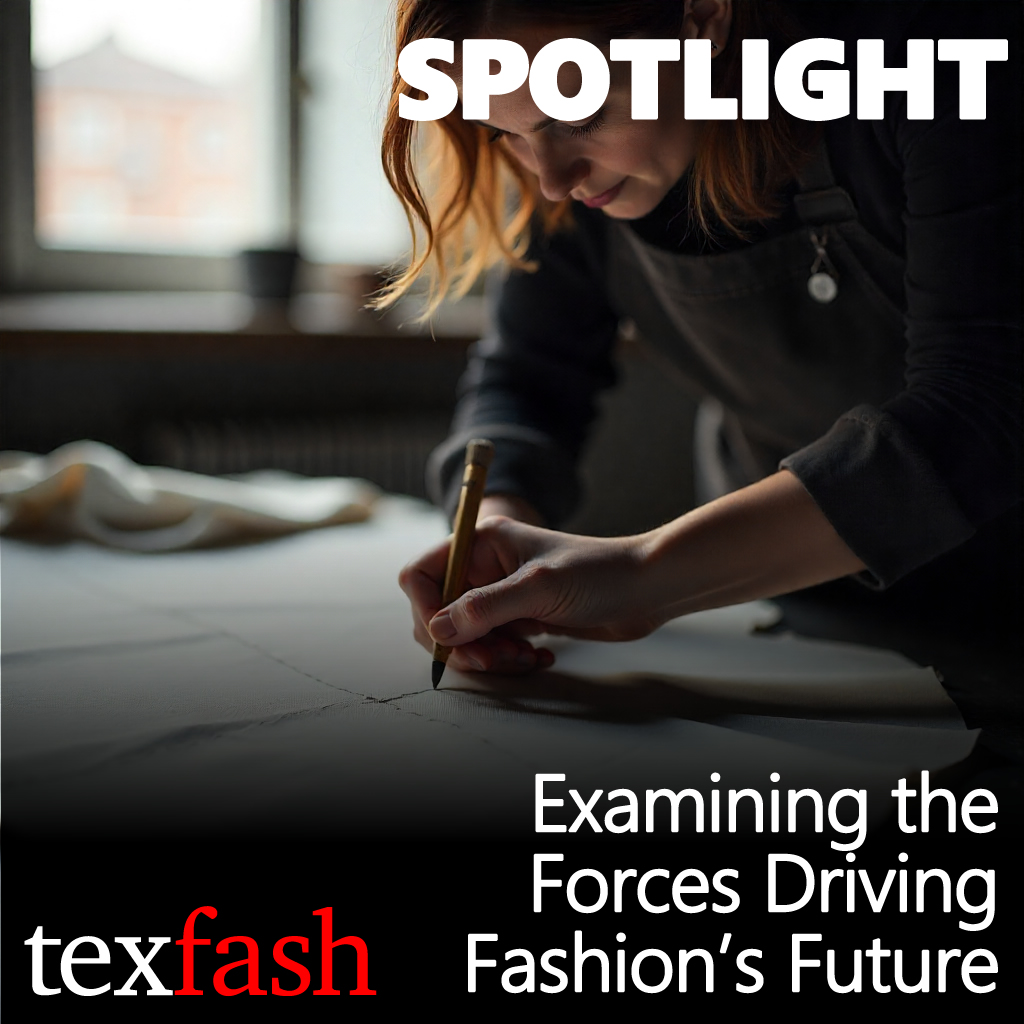Stichting UPV Textiel champions a collective Extended Producer Responsibility (EPR) framework, built by and for the sector, to drive circularity. From your perspective, how has this collective structure enhanced industry-wide coordination and accelerated progress compared to a more fragmented approach? What's holding things back?
Sekhar Lahiri: Currently, the Dutch government has put EPR legislation in place with a specific focus on making producers and importers responsible for the waste phase of the textile value chain. They can either opt to report on their results individually or join a producer organisation such as Stichting UPV Textiel, which is a not-for-profit foundation run by producers and importers.
There are three of these producer organisations active in the Dutch textile value chain of which Stichting UPV Textiel is the largest. With a combination of ambition, scale and innovation Stichting UPV Textiel provides a platform with the necessary outreach among industry and network with innovators, collectors, sorters and recyclers to move towards a more circular textile value chain over the coming years.
Stichting UPV Textiel is working towards raising the reuse-and-recycling rate from roughly 35% today to 50% by 2025. How are you mobilising stakeholders to scale a high-quality collection and processing system capable of reaching that milestone? Can it be done?
Sekhar Lahiri: The Dutch EPR legislation is challenging. Nevertheless, we are working hard with our stakeholders—including innovators, collectors, sorters and recyclers—to achieve the goals set by our government. Good collaboration along the textile value chain is essential to build trust and gain insight on what is and what isn’t working from a circularity perspective.
Furthermore, we have introduced sophisticated IT-systems to gather more data on the textile flows within the textile value chain including the end destination. This allows us to calibrate our strategy in such a way that the legislative goals are obtainable in the future as well.





















